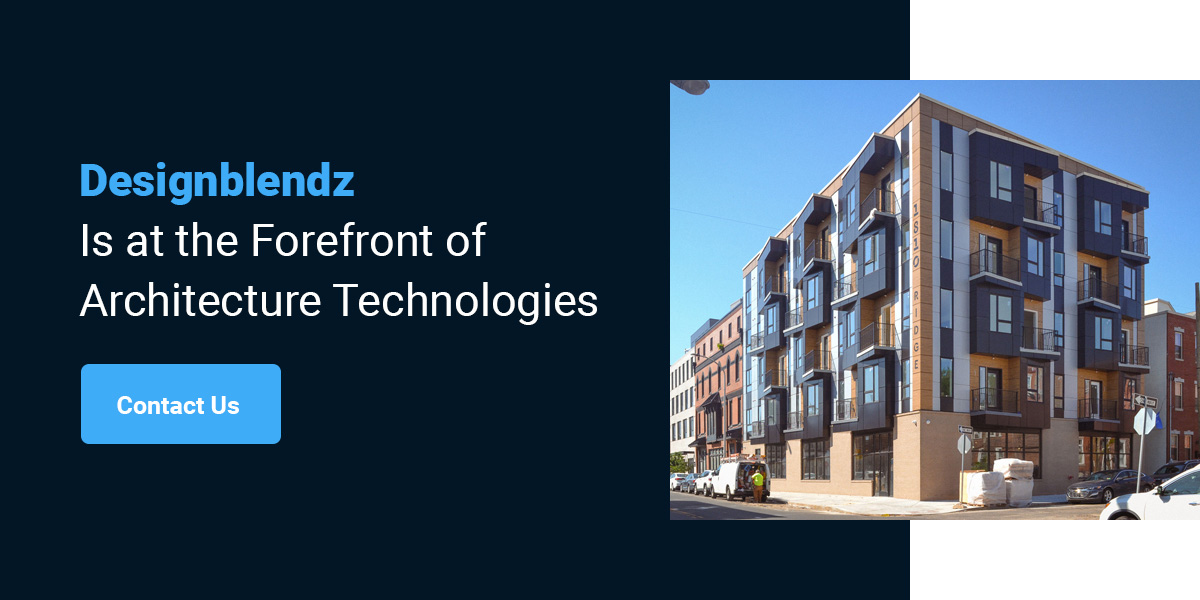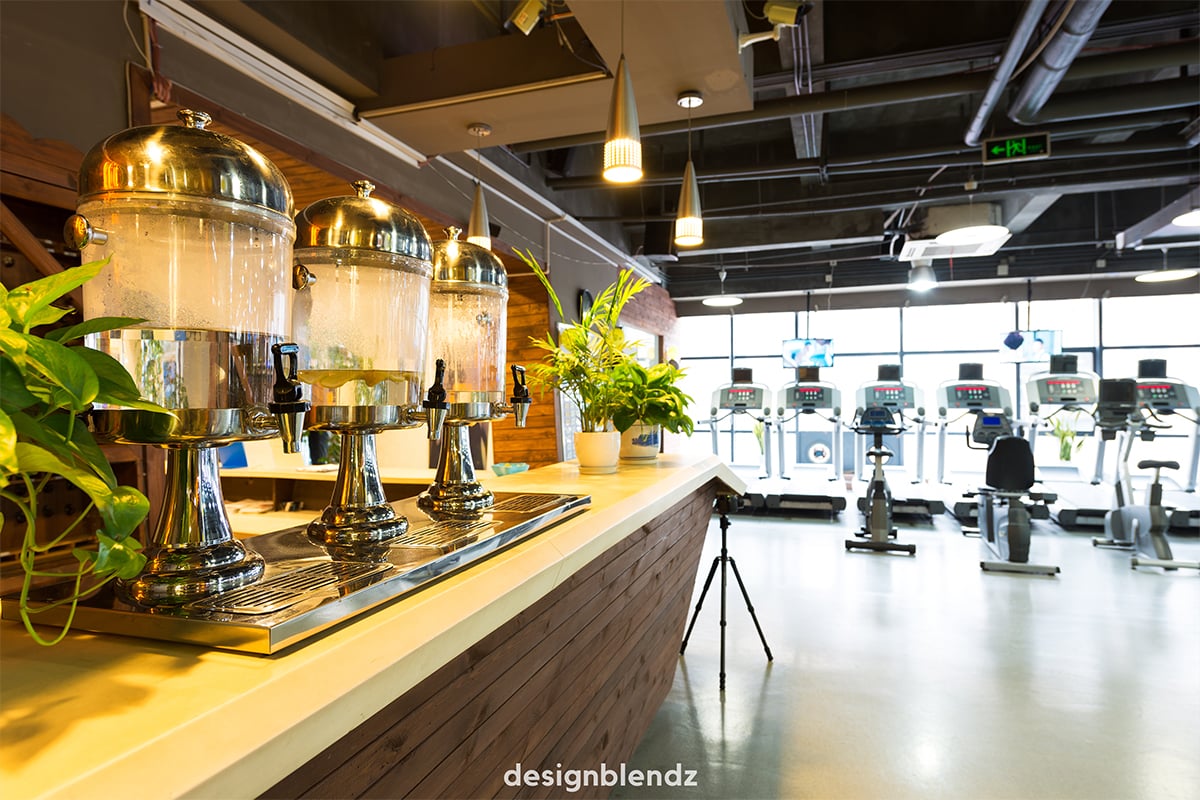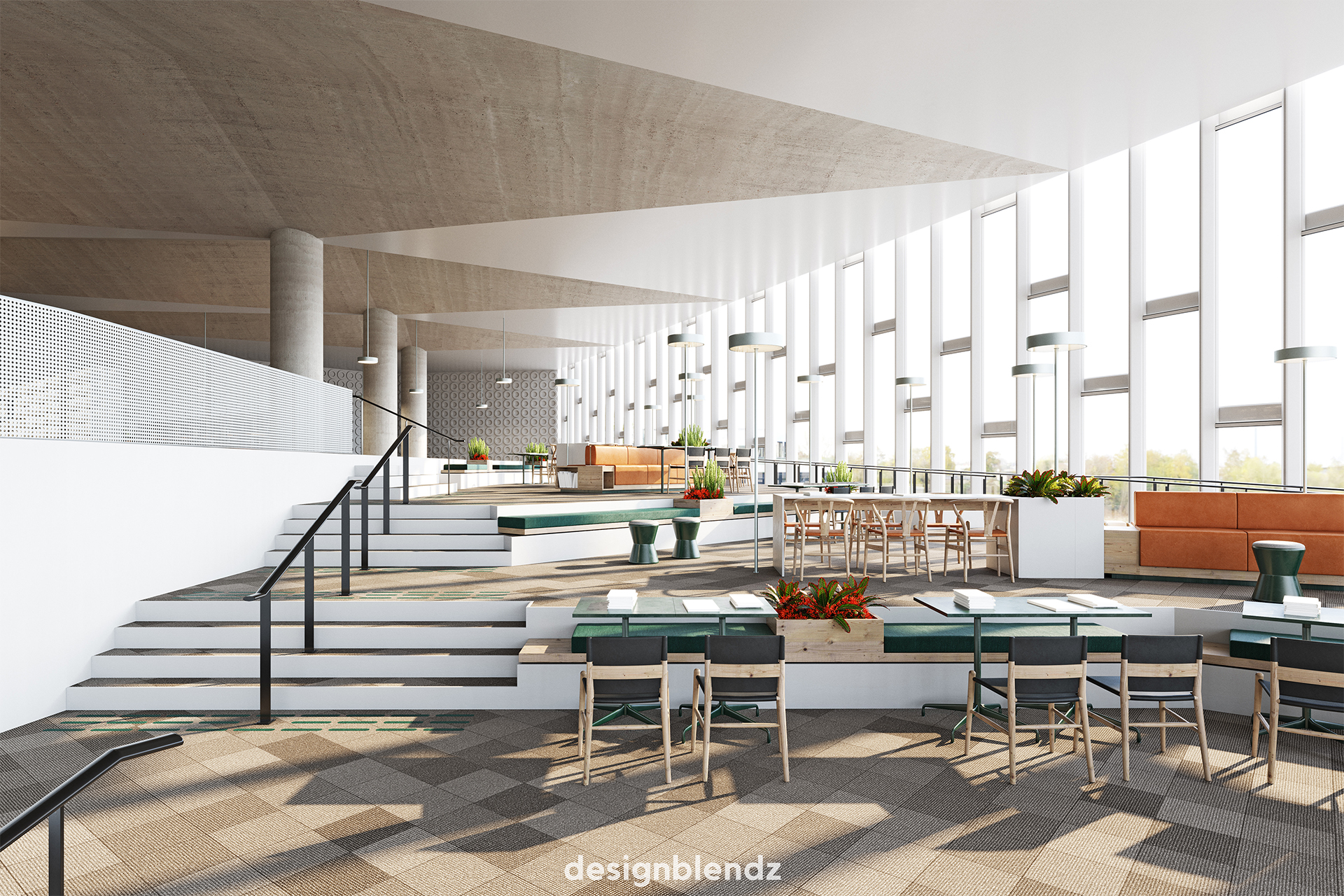What is a Temporary Event?
A temporary event is classified as one that is designated for 15 days or less and is typically for assembly uses. Examples of temporary events include seasonal festivals, concerts/music events, and beer gardens.

Why Use A Space For a Temporary Event?
You may wonder what the purpose is of using a space for a temporary event. This is simply because it limits building and infrastructure finishes, offers flexible uses, and allows for the utilization of an area or building that cannot be used year-round. This way, there aren’t hundreds of buildings that sit vacant waiting for a seasonal holiday or concert that only happens once a year.
Do I Need a Permit for a Temporary Occupancy?
Any use that the space in question is not designated for will require a permit. An excellent example of this is a parking lot being utilized for a music festival. The permit to be filed will be a zoning/building combo permit reviewed at the same time.
Do I Need an Architect to Obtain a Temporary Occupancy Permit?
If you are unfamiliar with accessibility codes, if temporary structures or partitions are created, or if it is held inside a building (recommended), you will need assistance from a licensed architect. However, if it is an outdoor event or the occupancy classification is lower, not higher, you may not need any help from an architect.
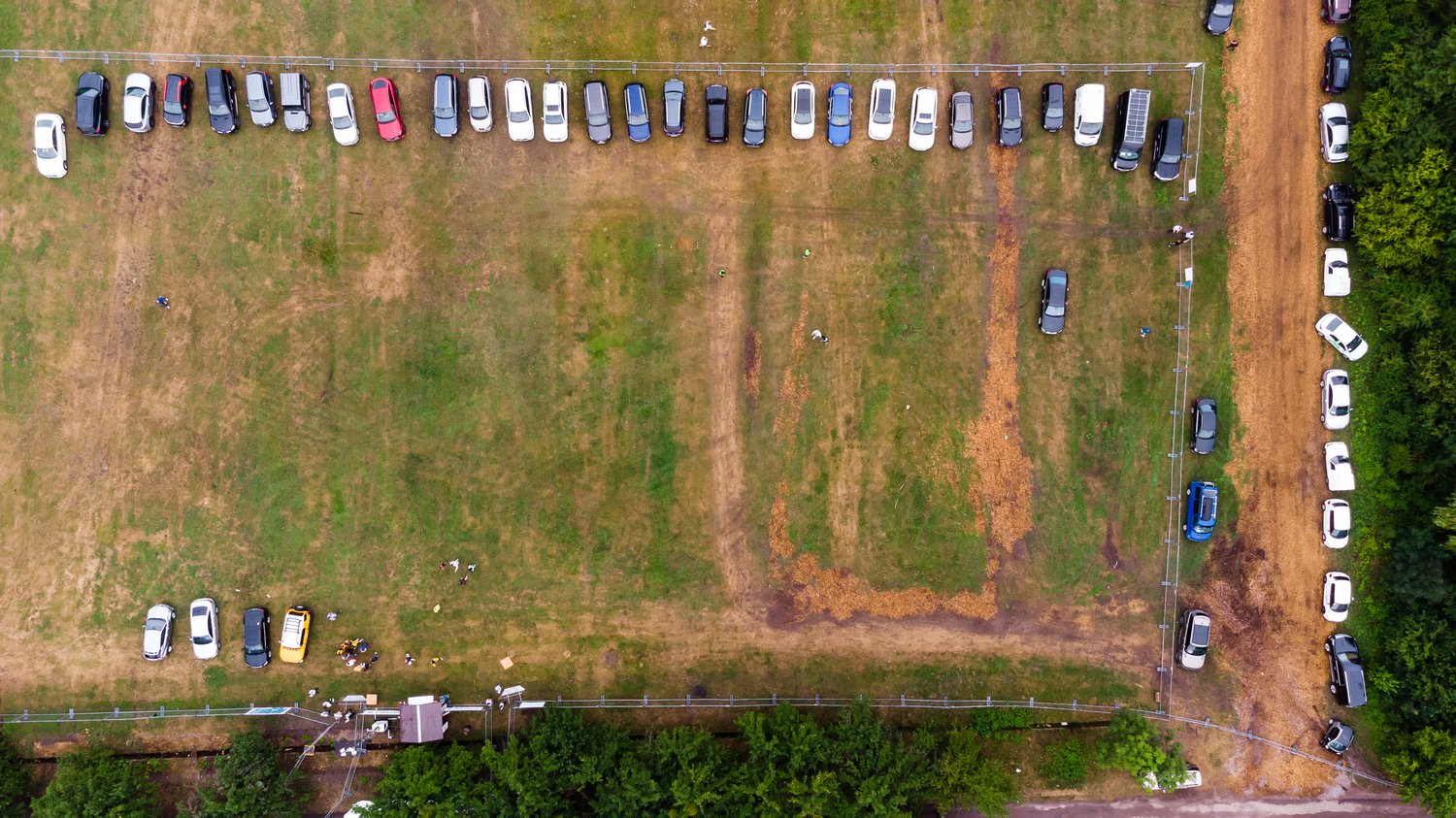
Who Can Apply?
Authorized agents, property owners, and the tenants of the property owners can all apply. Authorized agents may include design professionals, attorneys, contractors, and licensed expediters.
Requirements:
Permit application: The application must include a description of use and current owner information.
- If the property was recently sold. Submit a copy of the settlement sheet or deed with the application.
- You must apply for all permits under the legal address established by the Office of Property Assessment (OPA).
- If a tenant makes the application, include the executed lease agreement.
Plans required: If your application requires plans, they must follow plan requirements.
- Plans must be drawn to scale on a sheet that is at least 18 in. by 24 in.
- Include three copies of the plans
- The plans must show compliance with Code Bulletin A-1501/Section C
Fire watch
The application must include written confirmation that a fire watch will be provided during times of occupancy.
- A fire watch can be performed by any uniformed security company trained in emergency procedures.
- The fire watch must be performed in accordance with the requirements of Code Bulletin A- 1501/Section C.
- You must identify the company performing the fire watch on your application.
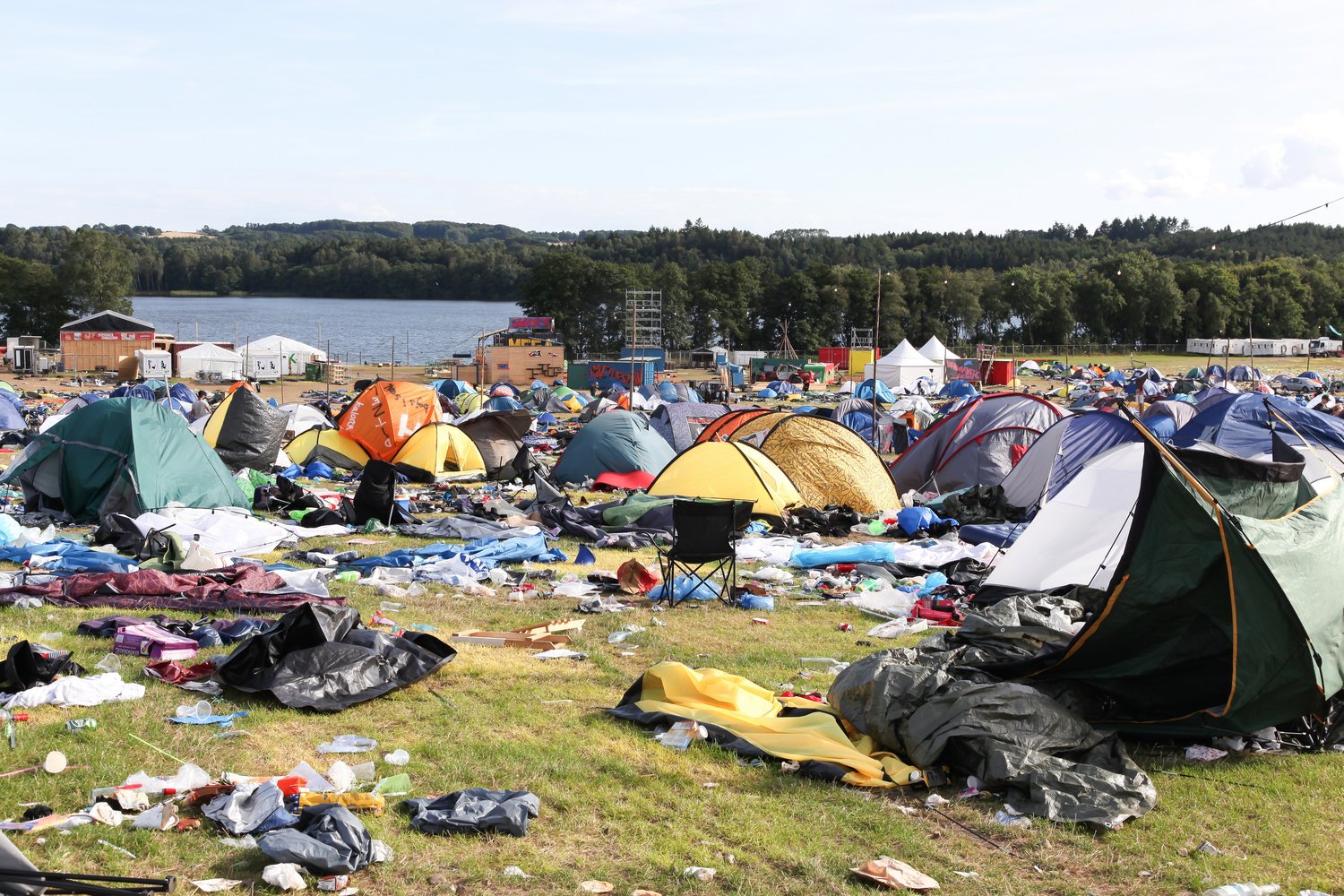
Where and When
Online: you are able to apply for a temporary occupancy permit online, using the eCLIPSE system.
In-person: You need an appointment to visit the Permit and License Center in person
Permit and License Center: 1401 John F. Kennedy Blvd.
MSB, Public Service Concourse
Philadelphia, PA 19102
Office hours: 8 am to 3:30 pm., Monday through Friday
Offices close at noon on the last Wednesday of each month.
Cost
Fee types that may apply: Filing fee, permit fee, surcharge fees, record retention fee
Filing fee: $25
This fee is non-refundable and will be credited toward the final permit fee.
Permit fee: $414 per event
Surcharge fees: City surcharge: $3 per permit
State surcharge: $4.50 per permit
Record retention fee: $4 per plan
Renewal requirements:
Special event approvals cannot be renewed. You must file a new permit application for each event.
For more information visit here.
If you have a project in mind that may require a Temporary Occupancy Permit, reach out to us to set up a consultation with one of our architects.


